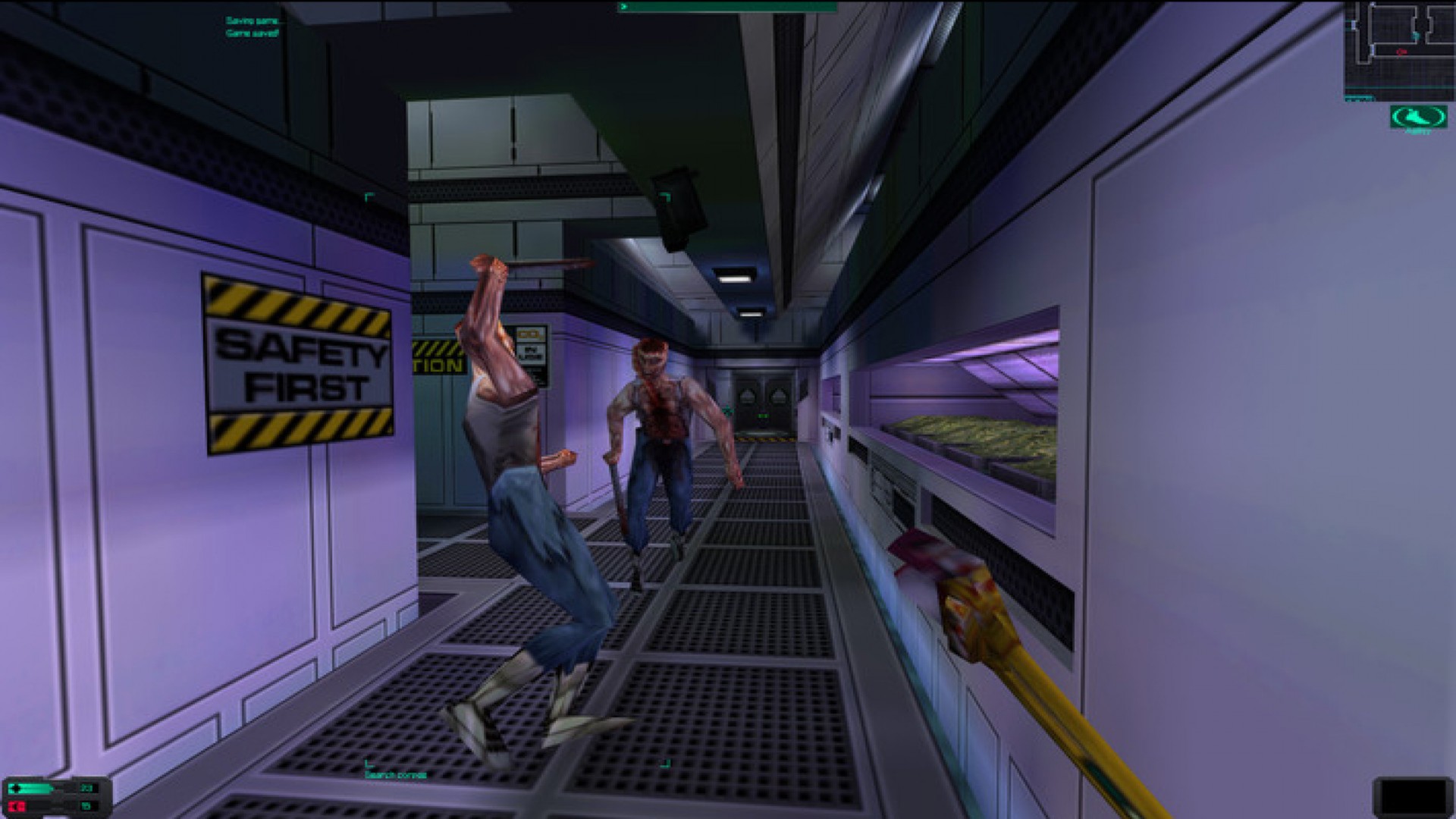


Each was to make you the last human survivor on a besieged space station. In late 1992, two separate studios began working on two separate games whose descriptions sound weirdly identical to one another. We hope that our toiling now to make things work when it is still very hard to do effectively will mean that when it is easier to do, we can concentrate on the parts of the game that are less ephemeral than polygons per second, and distinguish ourselves by designing detailed and immersive environments which are about more than just the technology. But we all believed very strongly in Looking Glass’s direction, and were proud that we were taking games to a more cerebral and story-rich place. There was, to my recollection, a vague sense of fatalism about the parallel tracks the two companies were taking, since it was clear early on that id’s approach, which needed much less player education and which ran on adrenaline rather than planning and immersion, was more likely to be commercially successful. We were trying something more difficult and nuanced, we still had a lot of respect for the simplicity and focus of games. We wanted to build game environments that reacted to player’s decisions, that behaved in natural ways, and where players had more verbs than simply “shoot.” DOOM was not an influence on System Shock.

We approached games as immersive simulations.


 0 kommentar(er)
0 kommentar(er)
